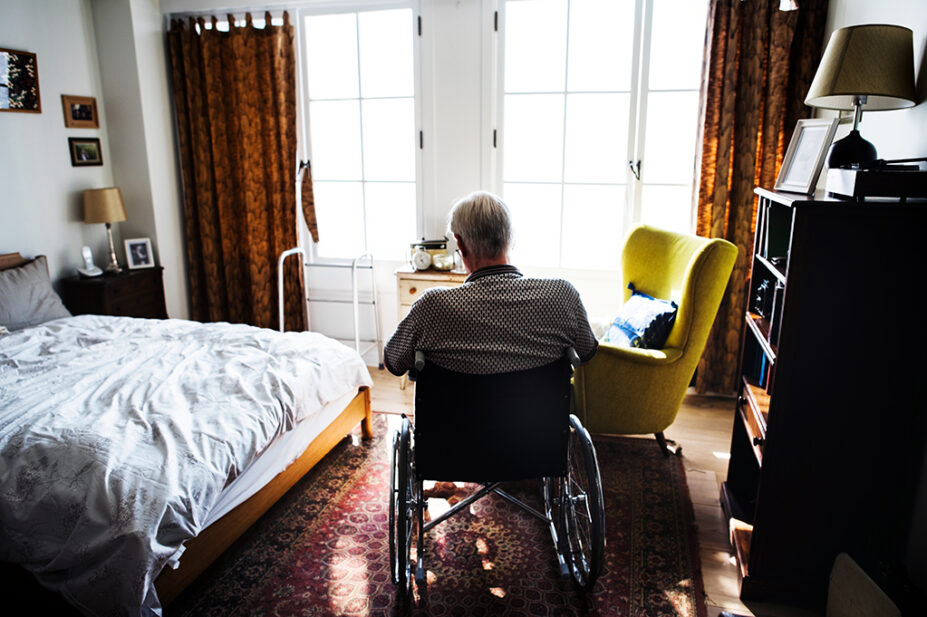
Shutterstock.com
The Royal Pharmaceutical Society (RPS) has launched new interim professional standards for pharmacy services delivered in ‘virtual wards’ to ensure the delivery of high-quality care for patients being treated in their homes.
Virtual wards — also known as ‘hospital at home’ — allow patients to receive hospital-level care at home. People on virtual wards are cared for by a multidisciplinary team (MDT), which can provide a range of home-based tests and treatments, including blood tests, prescribing medication or administering fluids through an IV drip.
Patients are reviewed daily by the clinical team and the ‘ward round’ may involve a home visit or will take place through video technology.
Many virtual wards also utilise other technologies, such as apps, wearables and other medical devices, enabling clinical staff to easily check in and monitor the person’s recovery.
Data published by NHS England on 12 October 2023 show that an NHS target to provide 10,000 virtual-ward beds by the end of September 2023 has been met, with more than 240,000 patients already treated at home for illnesses, such as chronic obstructive pulmonary disease, heart failure or frailty.
The RPS said its ‘Interim Professional Standards for Hospital at Home, including Virtual Wards, Pharmacy Services‘, launched on 17 October 2023, will “serve as a practical framework to assure and enhance established hospital at home pharmacy services, support the NHS recovery and drive community and urgent and emergency care reforms”.
The eight standards are aimed to set out what constitutes ‘good’ in terms of working practices and have been created to audit and benchmark pharmacy services across eight areas: putting people first; episode of care; integrated transfer of care; medicine and pharmacy services governance; safe and efficient supply of medicines; leadership; systems of work; and workforce.
According to the standards, a senior pharmacy lead should be assigned at the outset to a hospital at home service — as part of the MDT — to design, implement, maintain pharmacy services and coordinate all system pharmacy service providers across the different sectors, including acute, community providers and primary care, which includes community pharmacy.
Other important roles for pharmacy professionals include recognising early deterioration of symptoms and how to escalate appropriately, such as by using formalised referral pathways to maintain patient safety.
The pharmacy team is also required to actively participate in audit and quality improvement projects to improve outcomes for patients.
Wing Tang, head of professional standards at the RPS, said the framework was designed to be useful to “any healthcare professional working to provide hospital at home pharmacy services” as it can “help to assure and enhance the quality of established hospital at home pharmacy services” and help in setting up new services.
He added that the RPS also stresses that the standards should be used “alongside other hospital at home guidance, relevant standards, local resources and standard operating procedures”.
Claire Anderson, president of the RPS, said: “These standards represent a significant step towards ensuring that patients receive the best care in the comfort of their homes, where this is possible.
“By following these guidelines, we can elevate the quality of care and create positive health outcomes for patients.”


